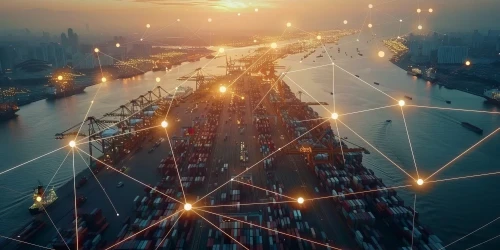Counterfeit alcohol is the pint half full or half empty?
6 June 2017

No matter which way you skin it, no brand is completely safe from counterfeit. Brands need to give consumers more information about the products they enjoy.
Recent shocking footage has emerged of a group of counterfeiters filling up what allegedly looks like non-standard beer into unsealed, reused Budweiser cans with the intention of selling the illicit product in the open market.
The so called ‘king of beers’ has had the counterfeit spotlight shone on it recently as a reported 600,000 cartons of fake Budweiser were made from one factory alone and sold and distributed in local bars and night clubs throughout the city of Donguan, Guangzhou, Southern China.
But aside from the shocking facts, what else is this story actually telling us?
Most consumers like to think that the products that they buy and enjoy are inherently safe, no questions asked and the brands that they trust to, have the consumer’s best interests at heart. However, more and more stories like this prove to us that this isn’t the case and that no matter how trusted and how large a brand may be, if there’s a margin, there’s a risk for fraud. Research conducted by consultancy firm PWC has estimated that food and beverage fraud as a whole is costing businesses a cool $40 billion a year.
So what can be done?
The good news is that, slowly but surely, consumers are increasingly becoming safety conscious of their food and beverages by demanding transparency from brands and brands too are listening. One study from Label Insight last year showed that 94% of consumers are demanding transparency and more information about the products they purchase and of those surveyed, 34% would jump ship to those brands that filled the knowledge gap.
So, it seems trivial for brand success; listen to your consumers, plug the gap and provide them full transparency so they can make the choice and in doing so, reap the reward of brand loyalty. If brands are willing to acknowledge and ignore their consumer's demands and the risk of counterfeit, especially in high-risk markets, they then should be prepared for the worst.









